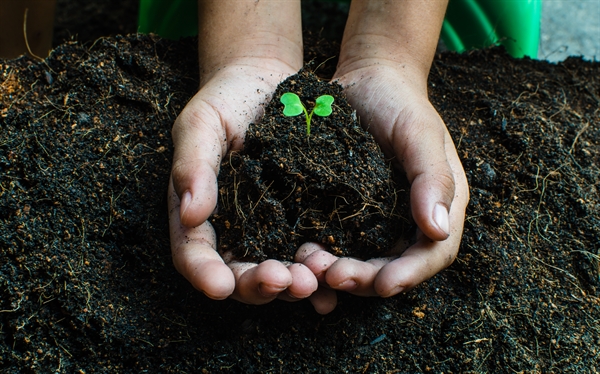
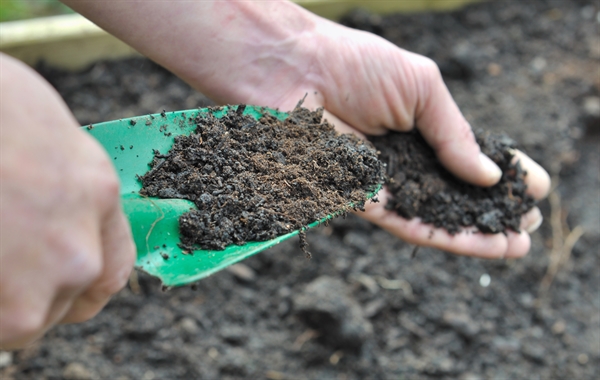
In Martinsville, VA, Patience Rice and Madilyn Chambers Learned About Composting Lawns
Turf specialists frequently suggest “topdressing” lawns with a thin layer of compost. The material is spread out one-quarter to half inch thick in spring or fall, depending on regional environment and soil. * Compost enhances the moisture-holding capability of the soil, adds nutrients, and feeds soil microorganisms. These microbes are essential to the complicated procedure that makes food offered to turf plants.
Compost spread on top of thatch can also speed thatch decomposition and remove the labor of mechanical removal. But there is a problem: Compost quality varies. Whether you buy it by the bag, select it up at the municipal leaf dump or have it provided by the yard, how can you understand that it is “excellent” compost? Consider these concerns: Is it at the finished stage?Does it include unwanted active ingredients such as dyes or building materials?Are there practical weed seeds in the material?Could it have pesticide residues? The parent products and the composting procedure both impact the quality of the end product.
” That is to use compost that has actually gone through compost-specific testing.” Acknowledging the issue this produces for consumers and the land care market alike, the USCC began the Seal of Testing Guarantee (STA) in 2000. STA is a screening, labeling, and disclosure program designed to bring presence into the world of compost sales.
STA takes a look at 14 compost attributes including organic matter, salts, p H, significant nutrients, pathogens, metals, stability, and maturity. Rattie says among the most significant concerns is the existence of pesticide residuals. Well-crafted compost, however, carries little of this threat. “An appropriate composting system damages the frustrating majority of pesticides and herbicides,” says Rattie.
” The majority of STA participants offer wholesale through local landscape supply backyards, garden centers, and through direct sales,” states Rattie. USCC provides numerous resources to find STA compost and a calculator to assist determine the amount: Find a list of 200+ STA individuals See Purchase Compost.com and utilize the USCC’s garden compost calculator on the upper right of the homepage.
” Bagged compost products just one cubic foot of product,” he states. “It takes 27 bags to get one cubic yard. Do the mathematics!” When we utilized the garden compost calculator offered by the USCC at Buy Compost.com, we found that a one-quarter inch layer on a quarter-acre yard (10,000 square feet) requires 7.7 cubic backyards or 5.9 cubic meters of garden compost.
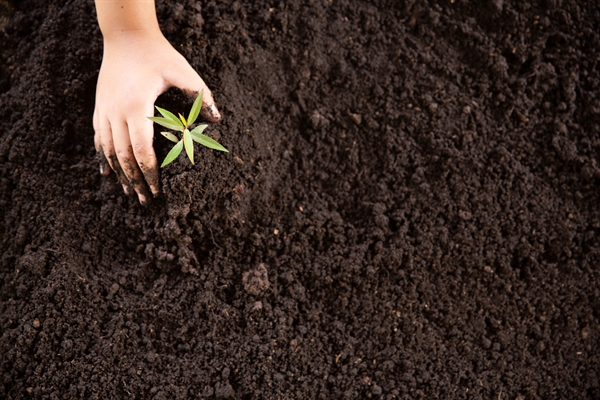
” Golf course and ball park superintendents having actually been using this strategy successfully for several years,” he says. Garden compost is spread in spring or fall, but there are essential subtleties. In cool-season areas, the spring application is generally lighter and the fall application much heavier. In the south, topdress warm-season yards in early spring.
Simply put, compost is disintegrated raw material however that doesn’t describe much. To a romantic, compost is the very essence of life. The living element of the soil accountable for a myriad of the most sublime and complicated processes understood to male. Organisms nourishing organisms all the method up the food cycle from simple bacterium to crops to human beings, none of it possible without decomposed raw material: garden compost.
In Pasadena, MD, Hailie Skinner and Phoenix Herman Learned About How To Dry Grass
It is the stuff of life, bursting with microbes that enter into the nutrition cycle of plants. Garden compost can be made little scale; in a yard or underneath a sink, or large scale; in giant windrows turned by front-end loaders or other specialized equipment. Either way, it is all about disintegrating raw material till all that is left is an abundant, dark, moldy, nearly fragrant compound with the consistency of potting soil.
Hay, straw, fish gurry, animal manure, branches, tree bark, and seashells are frequently utilized to make up the composition of compost. The garden compost is usually blended 2 parts dry material (bark, leaves) to one part wet or green product (lawn clippings, fish gurry) and left in either containers, stacks or windrows to disintegrate.
Decomposing garden compost needs to remain evenly moist however not damp. Depending on the kind of composting system, it can take anywhere from a couple of months to a year or more to end up the procedure, in some cases referred to as “cooking.” Actively rotting garden compost is said to be cooking due to the fact that temperatures can reach anywhere from 120 to 160 F.
Caution Garden compost is ruled out correctly cooked unless it has reached these high temperature levels enough time to disinfect weed seeds and get rid of damaging germs discovered in some manures. Ultimately, more intricate organisms like amoeba and nematodes consume the easier germs and fungi, the pile starts cooling while the nutrients in the garden compost end up being a growing number of concentrated from their waste items and further decay.
Garden compost that is not entirely completed can have an ammonia odor to it and might not provide the preferred effects or it can even damage the plants as it continues to prepare. It’s the microorganisms in compost that give it its magic. Countless microorganisms go to operate in the soil, biking nutrients and making them offered to be taken up by the plant.
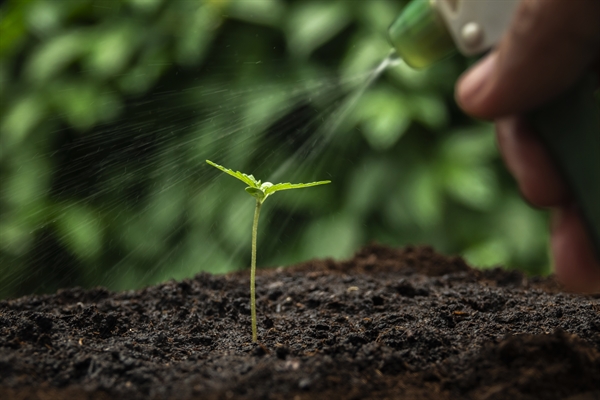
Compost is also packed with micronutrients and other complex biology that is extremely advantageous for plant growth. Compost adds life to the food web, ultimately resulting in much healthier yard. Excellent quality compost consists of a high portion of ended up natural matter with the rest being comprised by smaller sized incomplete raw material like wood chips, sawdust, seas shells and mulched leaf matter.
Compost can be spread manually with shovels by utilizing a tossing action to attempt and attain a layer about 1/4″ thick. It can be smoothed out with a rake to mix it in a little much better and after a number of days it will not even be visible on the surface of the yard.

Applying the compost right away after seeding and aerating is an excellent method to integrate the garden compost directly into the soil and offer a jump start for seedlings. Simply doing this one or two times a year will benefit the yard more than many quick-fix products that are convenient but not constantly the very best choice.
In 6776, Ryland Crosby and Jaiden Joseph Learned About Putting Grass Clippings In Garden
Ideally, a lawn would be topdressed with compost numerous times a year however a composting program will ultimately be determined by money and time. The target for a composting program ought to for a yard’s soil to contain 5% raw material. It appears like a percentage however it can take years to construct up in certain soils.
When organic matter begins to develop in the soil, topdressing can be cut down to as soon as or two times a year. Likewise, the requirement to fertilize and water the yard will begin to decrease as the soil begins to provide optimum growing conditions for grass. Weed, bug and illness pressure will reduce also, leading to cost savings over the long term as the work of the healthy soil replaces the life assistance system of synthetic fertilizers and chemical pesticides.
House & Garden Green Living How to Top-Dress Lawns with Compost By Cathy Cromell, The National Gardening Association If you have actually gone through the effort of making abundant garden compost of your own, you can utilize it to top-dress your lawn for thicker, healthier lawn. You can utilize garden compost to top-dress both brand-new and existing lawns.
Top-dressing is particularly helpful in arid climates or during dry or breezy spells, where the soil and seeds quickly dry out within hours. (If a germinated seed dries, it’s a goner.) On an existing yard: Top-dressing with garden compost might also rejuvenate existing lawns. Yards often become compressed gradually from foot traffic, play, and mowing, which prevents air, water, and nutrients from distributing freely through the turf’s root zone.
To core aerate a little spot of grass, use a specific foot press that you can find at your regional home and garden shop. For large lawns, lease a device from an equipment supply company or employ a lawn maintenance firm. When top-dressing with garden compost, you ought to only utilize evaluated garden compost or compost with particle sizes of 3/8-inch or less.
Also, make sure to top-dress with garden compost that’s ensured without weed seeds, or you may be sowing a future weeding headache into your yard! No matter where you live, the very best time to aerate and top-dress your lawn is when it is most actively growing. This permits the turf to intensely rebound after having holes punched in it.
Avoid aerating these lawns throughout summertime’s extreme heat, which might worry roots. Although some development occurs in early fall, these kinds of grasses go semi- or totally dormant as weather condition cools, making recovery after a late aeration more stressful. Likewise, early aeration promotes much better penetration of summer and fall rains through the soil when it’s most helpful for development.
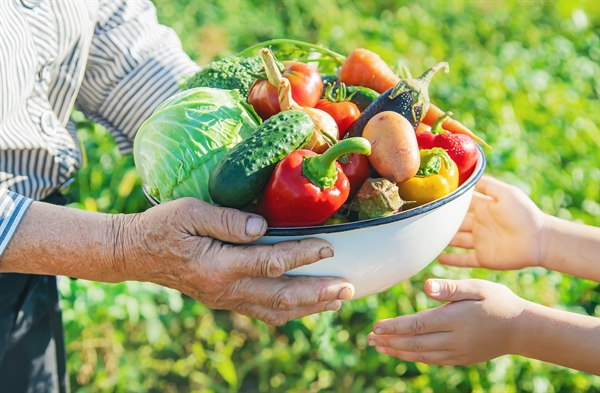
If you reside in a warm climate that permits year-round yards, you have different options. The best time to aerate and top-dress is early to mid-summer when your warm-season yard (such as Bermuda turf) is actively growing. You must also use garden compost top-dressing (without aeration) after overseeding your summer yard with a cool-season grass (such as ryegrass) in the fall.
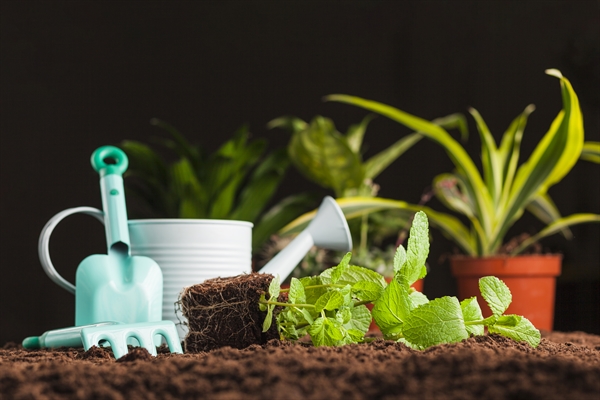
In Ankeny, IA, Rory Cordova and Justice Sharp Learned About Raking Grass Clippings
The arrival of summer season reminds us that it’s not too late to nourish your yard the healthy way with organic garden compost from Planet Natural. As lawn-spraying services expand their grip on suburbia it’s crucial to remember that using organic practices to encourage grass in your backyard secures your animals and household from hazardous chemical fertilizers and herbicides.
It will considerably increase useful microbial activity in your soil, benefiting your lawn even more. And it’s a good method to deal with the areas in your lawn that are thin, brown and unhealthy. From Organic Lawns, Healthy Soil: “Established lawns benefit considerably from a single yearly application of garden compost, much more significantly from 2.
Depending on your yard’s size, a wheel barrow and a shovel might be the best way to disperse compost around your backyard, followed by a great raking (a push broom will likewise work) to disperse it more equally. Though difficult to find and troublesome to utilize effectively, a garden compost wheel or peat spreader can disperse compost throughout little yards though they can be hard to press and require to be refilled frequently.
Compost should be spread out no more than a half-inch deep. The concept is not to bury grass blades, smothering them and keeping them from sunlight. If that suggests less than a half-inch of garden compost, then reduce your application. You desire grass blades exposed to oxygen and sunlight. Using garden compost to problem areas will likewise assist cure them.” Including compost will assist your yard’s soil keep wetness during the long hot months of summertime, keeping your lawn greener longer.
Do Garden compost: Yard clippings, leaves, stalks, dead plants, branches approximately pencil size, and the majority of weeds. Do Not Garden compost: Weed seeds and intrusive weeds like ivy (they resprout!), infected plants, animal waste, clippings treated with weed or bug killers, or food waste. Instead, attempt the rodent-resistant techniques explained in Food Waste Composting.
It takes 6 to 12 months for soil creatures to change most lawn waste into finished garden compost. For faster composting, keep your stack as moist as a wrung-out sponge. Chop up stalks and twigs. Mix “green” products like lawn clippings with “browns” like fall leaves and stalks. Symptom Cause Solution Bad smells Pile too damp, no air, or contains food or pet waste Turn pile.
Remove food. Stack is dry Inadequate water Turn stack. Add water to keep as wet as a sponge. Moist enough, but slow composting Insufficient “greens” Turn stack. Add “greens” like yard, plants, or manure Slimy grass, ammonia smell Too much fresh turf in stack Leave clippings on yard, rather of composting.
Pile shrunken, but looks un-decomposed Top too dry, ended up compost is at bottom Harvest ended up garden compost from bottom. Start brand-new stack with un-composted product. Contact the professionals at the Garden Hotline at (206) 633-0224 (language interpretation offered) or at Garden Hotline. Composting in the house Guide (pdf) – Request a complimentary copy.
In Elmont, NY, Yadiel Yang and Tanner Zhang Learned About Compost For Grass
Garden Compost Resource List (pdf) – Lists bin suppliers, tools, and more. Composting Questions & Responses (pdf) – Answers to some common concerns. Tilth Alliance – Provides classes in composting and natural gardening, and home-made garden compost bin plans.